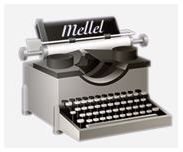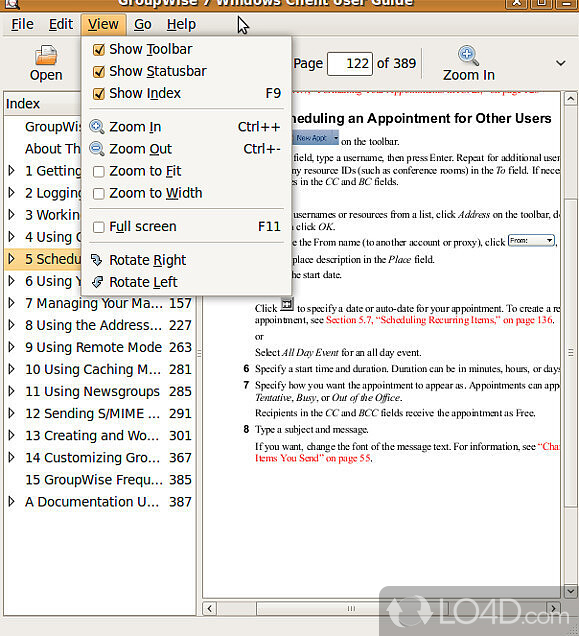

The reason is that the 2nd (‘ fix-it-up‘) draft usually requires re-thinking, re-structuring and re-writing which is much easier in Scrivener.ĥ. This is not unusual: Michelle Muto, a writer and a recent MPU guest has a similar workflow. After receiving comments on the first draft I usually come back to Scrivener (even if it requires copying and pasting or importing the text back from Word or Google Docs). I do not format bibliographies in early drafts.Ĥ. If such drafts contain citations I simply insert Papers citekeys through their MagicManuscripts.

Scrivener has Revision and Comment tools which I find fully sufficient for discussing earlier drafts. My most frequent co-authors, however, are all Scrivener converts so we simply share Scrivener files through the Dropbox. Since I produce the first (‘ put-it-down‘) draft in Byword or Scrivener, I need to compile it (sometimes by simple copy-and-pasting) to Word or Google Docs for sharing with colleagues who do not use this software. I believe in the three drafts concept and that there are benefits in sharing and discussing all of them. After the draft outline has been prepared, we start writing.
#Open mellel doc on pc pro
Of course, outlining can be done in Google Docs, MS Word, Scrivener, Pages or other software and supported by mind-mapping applications (I use MindNote Pro and now increasingly Tinderbox).ģ.

Seeing how OmniOutliner works often makes my PC-Word colleagues respectfully talk about ‘those Aleh’s outlines’. OmniOutliner is great for collective thinking if your screen can be projected on the white wall or shared across computers with Skype or WebEx. At the first stage of writing we always prepare a detailed outline of the future manuscript. I also introduce them to the Dropbox and sometimes Google Drive so that we can easily share files and collaboratively edit texts, if needed. Then we agree on the distribution of roles and the stages of collaboration.Ģ.
#Open mellel doc on pc trial
If the co-author has never heard of such software I always propose that s/he tries it for the period of our collaboration (there are good trial periods as well as PC versions for most of the apps). So I explain my own writing workflow ( OmniOutliner → Byword → Scrivener → Word, all supported by Papers). Concerns over ‘compatibility’ disguise lack of structured thinking about forms and tools of joint academic writing and thinking.
#Open mellel doc on pc mac
Upon hearing that I use Microsoft Word sparingly because it is not an ideal writing software, my colleagues often roll up their eyes (‘ oh, one of those Mac fanatics!‘) and sometimes raise the issue of ‘compatibility’. After we have decided to prepare a joint paper I ask potential co-authors what software they use. Whatever it is, one can’t avoid collaborating with colleagues who use different systems, so here is my experience, pointing that it is both software and other factors which determine success of collaboration.ġ. These expensive solutions are probably favored by universities because they inflate budgets and staff of IT Departments by keeping people suitably occupied with resolving bugs and crashes. Whereas writing is dominated by Microsoft Word, citation is dominated by EndNote. Academics are used to think that co-authoring a manuscripts means emailing back and forth Microsoft Word documents with endless “Track Changes” and “Comments” layered on top of each other. Unfortunately, collaboration in academic writing often causes frustration.


 0 kommentar(er)
0 kommentar(er)
